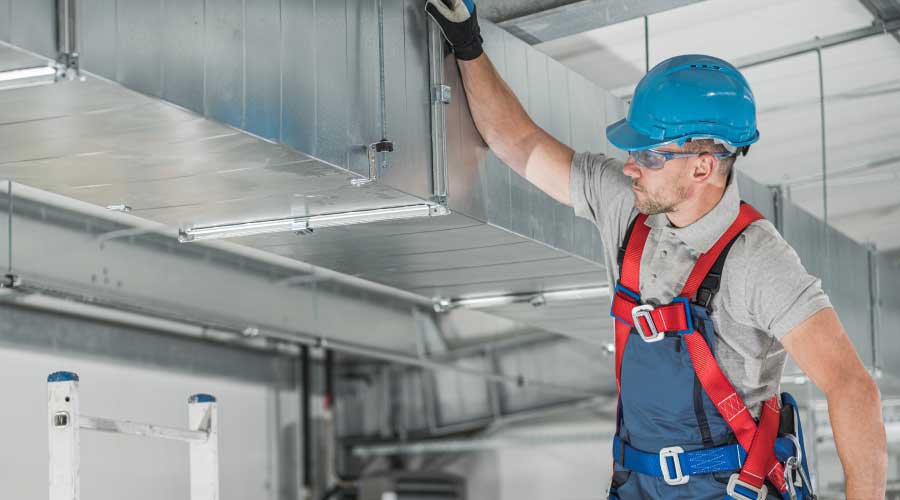Economic Woes Prompt Texas University to Look Harder for HVAC Savings
When life hands you lemons, make lemonade. Or so goes the saying.
These days, facilities officials with the University of Texas-El Paso might paraphrase the saying this way: When a faltering economy and falling enrollment delays expansion plans and threatens budgets, respond by launching a search for greater energy efficiency and savings.
“We’ve gotten very aggressive in the last couple of years managing not only the chillers but the entire plant, all the way from the chiller to the building and back,” says Greg McNicol, the university’s associate vice president for business affairs-facility management.
Change of plans
The current energy-efficiency efforts were not in the university’s plans in 2012, when the 22,000-student campus was in the middle of an ambitious expansion plan, fueled by climbing enrollment, that included new and expanded facilities and a $4.2 million chiller replacement project. The expansion program was the subject of a Project Management article in the July 2012 issue of Facility Maintenance Decisions. Click here for a link to the July article.
Then everything changed.
“In 2012 and 2013, there was a dip in the economy, and things got tight,” McNicol says, adding that the state, one of the university’s major funding sources, stopped providing tuition revenue bonds that had supported campus expansion and renovation projects.
“We also had a flattening out of our enrollment — we thought we’d get 3 percent growth, and that didn’t happen — so the university administration asked us if we could save more energy.”
The department’s response to the request was to be aggressive. McNicol and his team looked first at the university’s energy management system.
“The maintenance of the control points was being done by a representative from (the energy management system manufacturer),” he says, adding that the company’s outside perspective was not as aggressive as his department’s efforts required. “Their scope of service didn’t include increasing efficiency. They were just keeping it working. So we changed the perspective by bringing it in-house, and now it’s a little easier.”
Related Topics:














